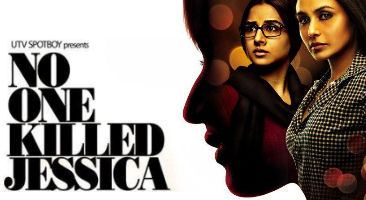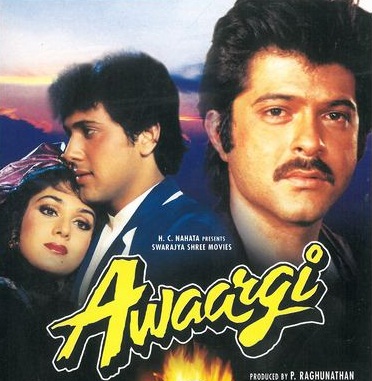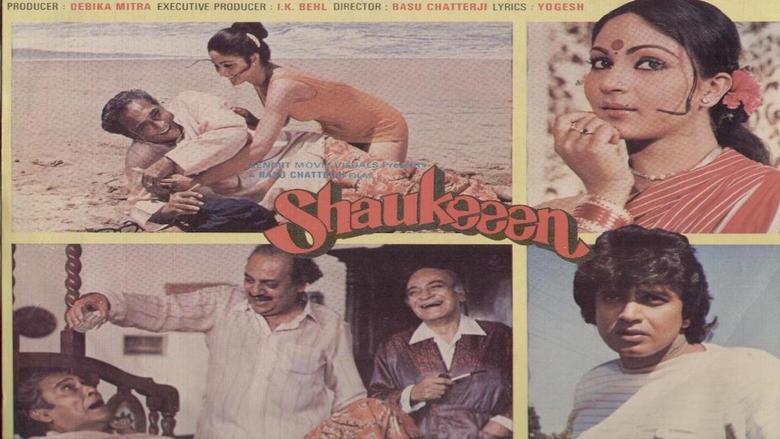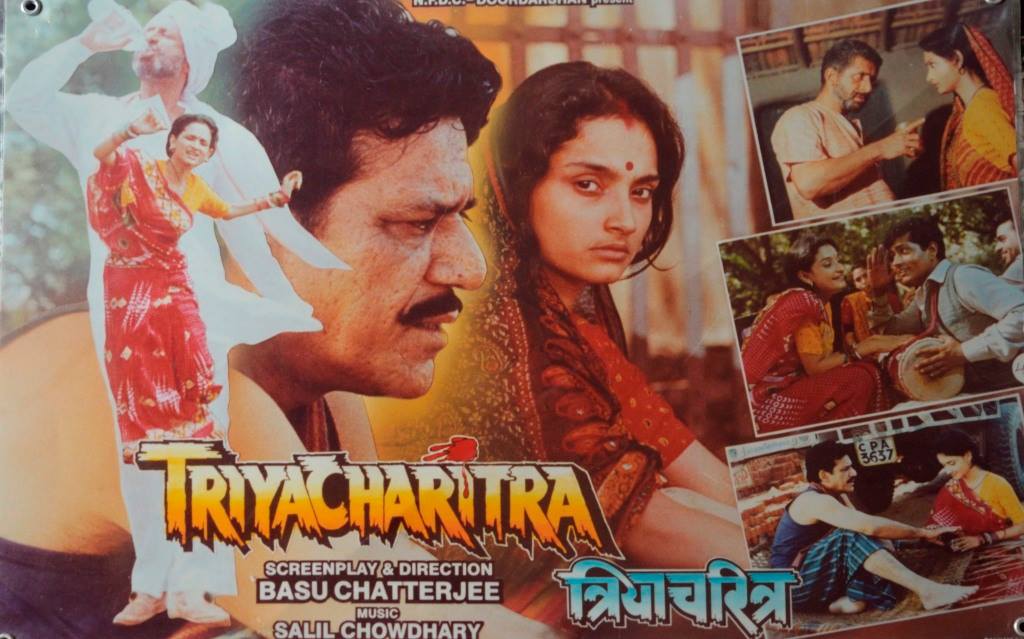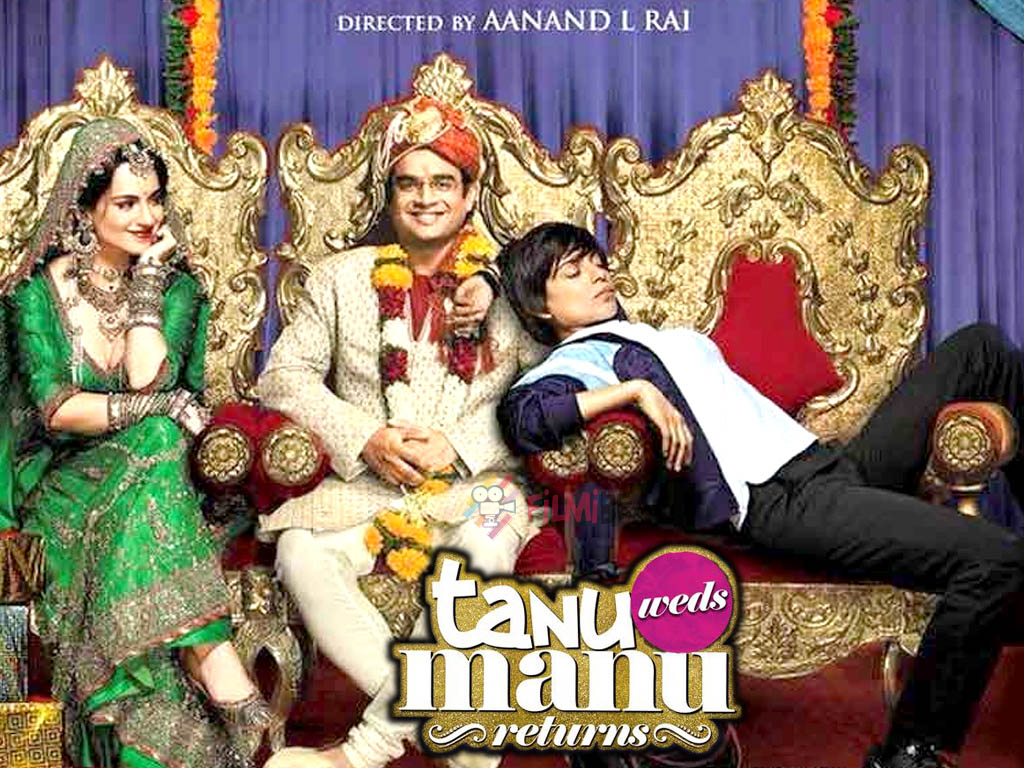We knew the truth about Jessica’s death before the High Court and then the Supreme Court stamped it shut with a verdict of ‘guilty’ overturning the much criticized acquittal. So, was the acquittal symptomatic of judicial failure, or of the system’s inefficacy? It’s always easy to pin the blame on the ‘system’ because it is far easier to point fingers than to own up. Any movie that aspires to tell the ‘real story’ and manages to stay true to its aspirations even marginally can’t help asking certain hard questions with no easy answers. And it’s not about directorial prowess but simply about the nature of the reality itself. No One Killed Jessica succeeds in telling the story the way it actually unfolded, by and large, which is its only strength apart from Vidya Balan’s performance.
In the movie, as in real life, the catch-word that is thrown around and is regularly taken as self-explanatory is ‘power’. We get to hear “they are powerful people” so often that we have stopped thinking about what constitutes the ‘power’ being referred to with such a curious mix of dread and admiration. Is it about what the powerful ‘have’, or what the powerless ‘lack’? We talk about the inefficacy of the justice delivery mechanism, and conveniently ignore that all human systems function on human endeavour, and a defect in the bricks would manifest in larger defects in the wall.
Jessica Lall case demonstrated, which the movie, too, doesn’t fail to hammer in, that ‘power’ is as much about the powerful having something – money and connections – as it is about the ‘powerless’ lacking something very fundamental – moral courage. What makes it worse is greed and apathy. Nothing and nobody can buy what’s not on sale and nothing can move the immovable. And Jessica Lall case showed that people are always on sale and there are no unshakeable moral rocks in the human world. Funny, that we still want ‘justice’, and also think we deserve it.
The movie starts with a hardcore journalist’s musings about the nature of the city, which she claims to ‘not understand’. The one thing that the narration gets right is that in Delhi everybody is ‘somebody’, and almost nobody is ‘nobody’, and it is from this unflinching, ego-centered intolerance that all violence, from road rage to Jessica-killings, originates.
 Soon enough, we are taken to a party awash with dazzling lights, rocking to the peppy music and drunk on unrestricted flow of free liquor. The members of the wealthy and well-connected ‘high class’ are enjoying themselves with some of the lesser mortals serving them in various ways. And just when the party is winding up, the son of a ‘powerful’ politician steps in and demands a drink. The demand is turned down. Since the ‘powerful’ are not accustomed to refusals, the affront doesn’t go down well with the hot-blooded young man. He persists, and a closure signboard is thrust forth to him indicating the finality of the shutdown. The board signified the exercise of authority against a person who thought he was powerful enough to override all authority in that particular setting. Offended, he draws the pistol. And we know the rest.
Soon enough, we are taken to a party awash with dazzling lights, rocking to the peppy music and drunk on unrestricted flow of free liquor. The members of the wealthy and well-connected ‘high class’ are enjoying themselves with some of the lesser mortals serving them in various ways. And just when the party is winding up, the son of a ‘powerful’ politician steps in and demands a drink. The demand is turned down. Since the ‘powerful’ are not accustomed to refusals, the affront doesn’t go down well with the hot-blooded young man. He persists, and a closure signboard is thrust forth to him indicating the finality of the shutdown. The board signified the exercise of authority against a person who thought he was powerful enough to override all authority in that particular setting. Offended, he draws the pistol. And we know the rest.
In the court, the witnesses turn hostile owing to threats and payoffs, and the case falls flat. The movie gives us a foulmouthed, ferociously ambitious journalist with some residual conscience playing the crusader for justice. Outraged, like the rest of the country, she launches a sting operation to uncover the real cause of witnesses’ testimonial somersault. She succeeds in having the ‘hostile witnesses’ spill the beans on camera, and the unsettling truth explodes on the nation through the television. Clearly, miscarriage of justice had occurred. The conscience of the nation is shocked and there are demonstrations. High Court takes suo motocognizance, and has a thorough re-look at the evidence. Conviction follows.
The director seems determined to give media and media-persons a rose-petals shower, which is why he conveniently compromises certain significant aspects of the case. It was not a certain TV journalist whose conscience was shocked resulting in the highly dramatized sting operation. It was Tehelka that conducted the sting operation, which was telecast on Star TV on September 26, 2010.
Furthermore, the movie wants us to believe that it was after the sting operation that the Delhi High Court took suo moto cognizance, which is far from the truth because the High Court admitted a regular appeal by the CBI against the trial court judgment in March 2006 itself while the sting operation was telecast nearly six months later on September 26, 2006. On December 20, 2006, the Delhi High Court held the accused guilty and sentenced Manu Sharma (Siddharth Vashisht) for life, and on April 19, 2010, the Supreme Court rejected the appeal affirming the High Court verdict.
So, the movie is not as honest with the facts as true realism would demand of it. For the realistic touch we have some of the filthiest Hindi expletives flowing from the mouths of the female characters to paint the bold-woman picture.
The part of the truth it meddles with changes the impression the movie makes in many subtle ways. The idea of a journalist crusading for justice is complete fiction in this case because the truth is that a print magazine conducted the sting and a television channel, which was not a sister-concern, telecast it. Then, nearly all TV channels and newspapers pursued the story rigorously. It was the entire Indian media that did it primarily because the people found it absolutely revolting that somebody could be shot for not serving a drink and the killer could walk away simply because he had the resources and was ‘somebody’. The message that the masses wanted to send across loud and clear was that nobody was ‘somebody’ enough to get away with a senseless murder and no degree of power or influence was sufficient to get one off the hook when the disregard for human life and the law was that blatant.
However, despite the message having been sent across, nothing has changed because the fact that the nation stood by Jessica collectively does not change the fact that the individuals – even her own friends – did not. Justice in Jessica’s case was fought hard for, which is not something to be celebrated but to be upset about because even with so many ‘powerful’ people around, justice had to be ‘fought for’.
Originally published as part of my Legal Movie Review column LEGAL SCANNER in LAWYERS UPDATE [February 2011 Issue; Vol. XVII, Part 2]

